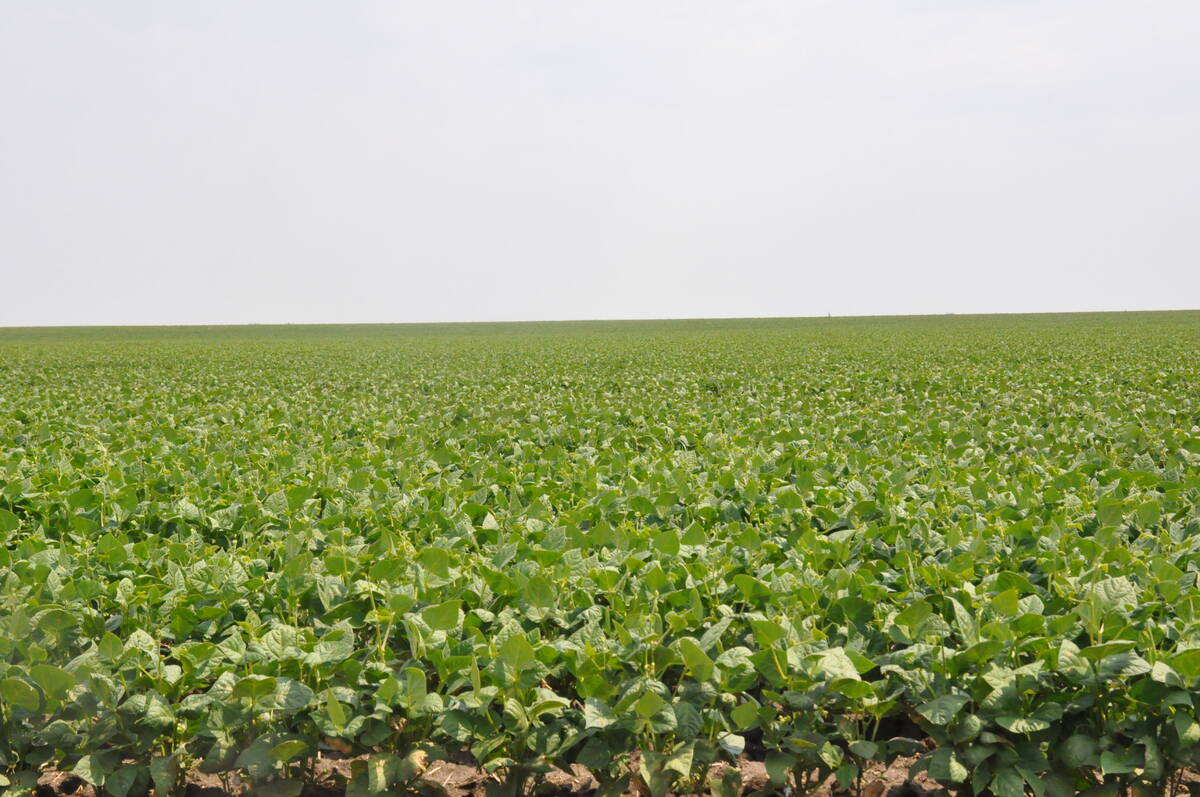Topping up fertilizers and managing diseases will be critical for farmers hoping to capitalize on the high yield potential in many crops this year.
“For the first time in a long time, we have the kind of crops we have been dreaming about,” said Rob Saik, president and chief executive officer of AgriTrend Agrology in Red Deer.
“But the prevalence of disease is higher this year because of the higher humidity and wetter crops,” he said, citing diseases like septoria in cereal grains and net blotch and scald in barley.
Read Also

Coloured bean production down, whites are up
Bean prices have been slumping and the outlook is for more of the same.
Unsettled weather across the Prairies has contributed to nutrient deficiencies in plants. A decline in fertilizer use in recent years due to poor economics in farming has also left plants short-changed, Saik said.
Plants seeded into cold, wet soil have struggled to get sufficient nutrients, he said. Recent rains have flushed out much of the nitrogen and further weakened leaves, leaving them vulnerable to diseases like tan spot.
Saik said disease control and nutrition management can help inch up the yield potential of a promising crop in Alberta and Saskatchewan.
Some crops in Manitoba are also good in many areas, but are experiencing more extreme disease pressures than in other parts of the Prairies due to large amounts of rainfall.
Southern and eastern Alberta, normally dry zones, also report high plant disease risks.
Saskatchewan’s crops were rescued by a change in the weather, said Penny Pearse, plant disease specialist with Saskatchewan Agriculture.
“Most of the crops started flowering and got heat and sunshine happening just at the right time,” she said. “They are advancing quickly and disease pressure has decreased.”
East-central and southeastern areas fared the worst due to excess moisture, she said, stressing the need to scout for diseases in such high risk zones.
Lush canopies and hotter weather have not helped lentils, some of which are affected by anthracnose.
Ascochyta blight is reported in chickpeas, but many farmers have kept ahead with fungicide applications, Pearse said.
More fungicide applications than normal were used to control sclerotinia in canola this season.
Pearse has also observed net blotch in barley and tan spot and septoria in wheat.
“We’re seeing less leaf disease in the upper canopy so hopefully it won’t spread to the head and we’ll have high yielding seeds,” she said.
Pearse noted fungicides will not help plants that have completed flowering because the damage is already done. In addition, it might not be economical to control disease in poorer quality late seeded crops, she said.














